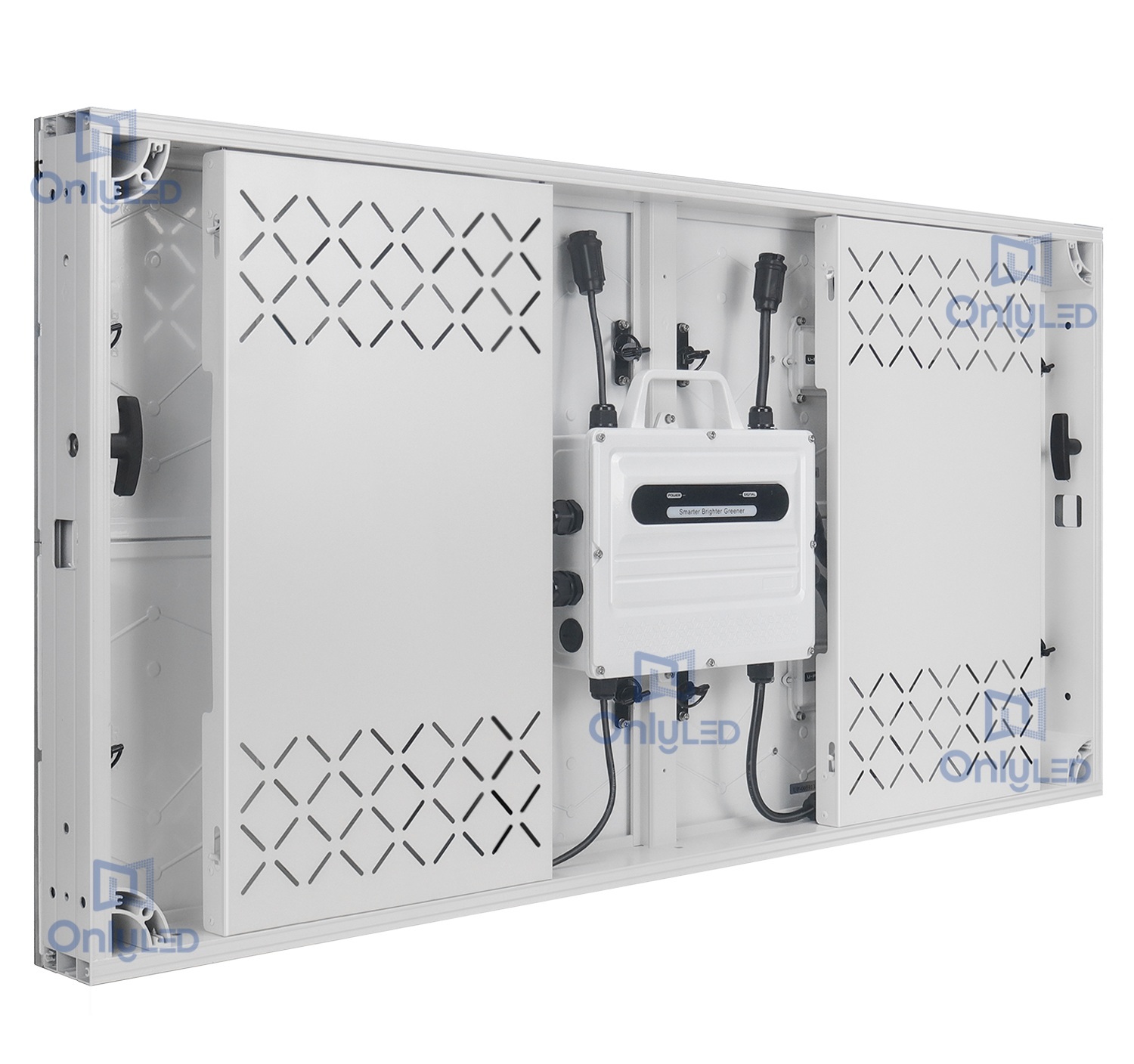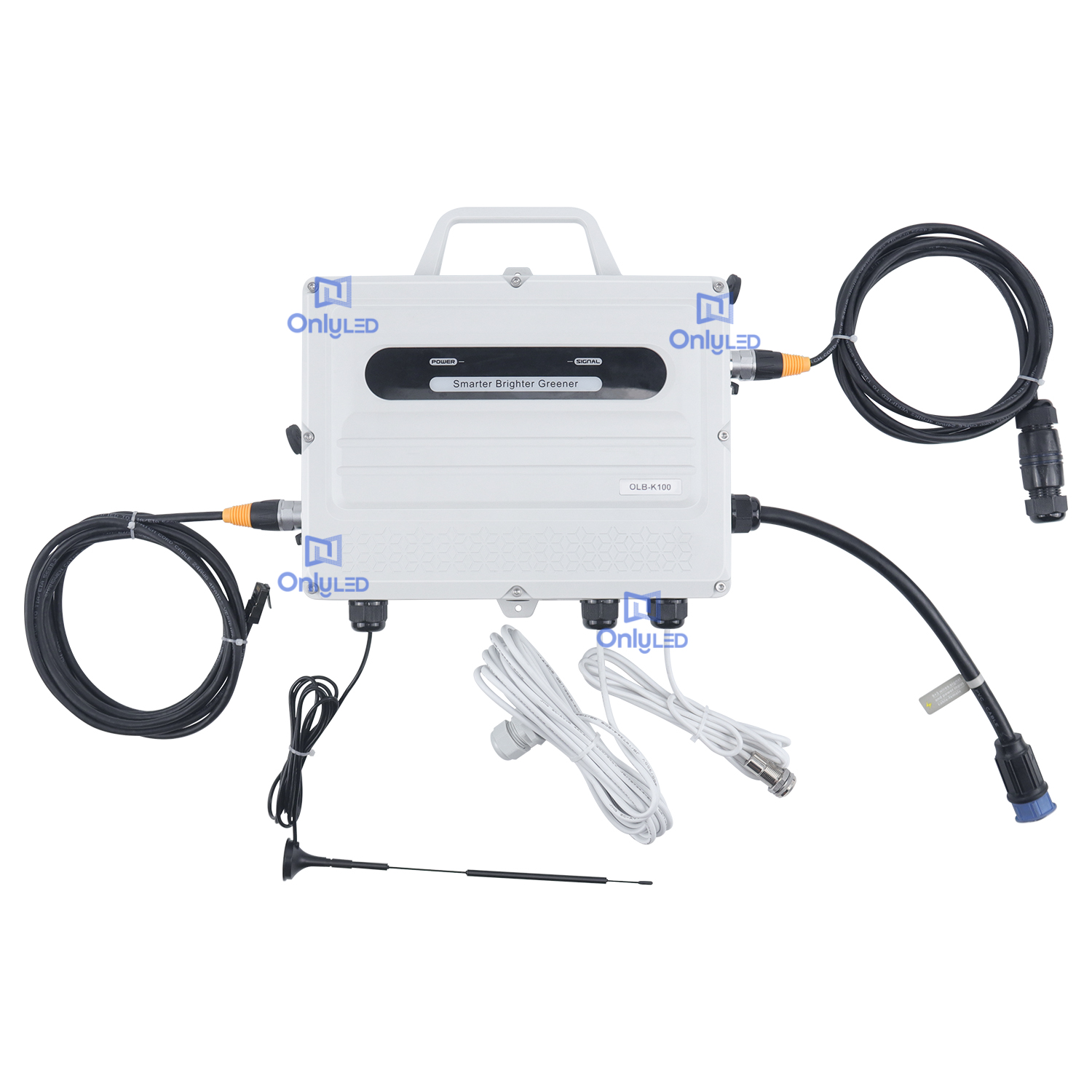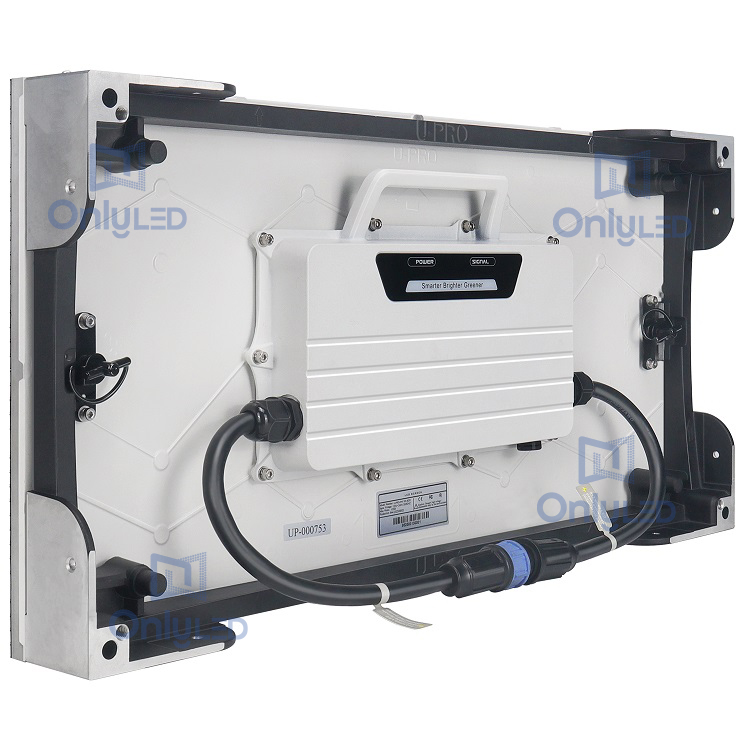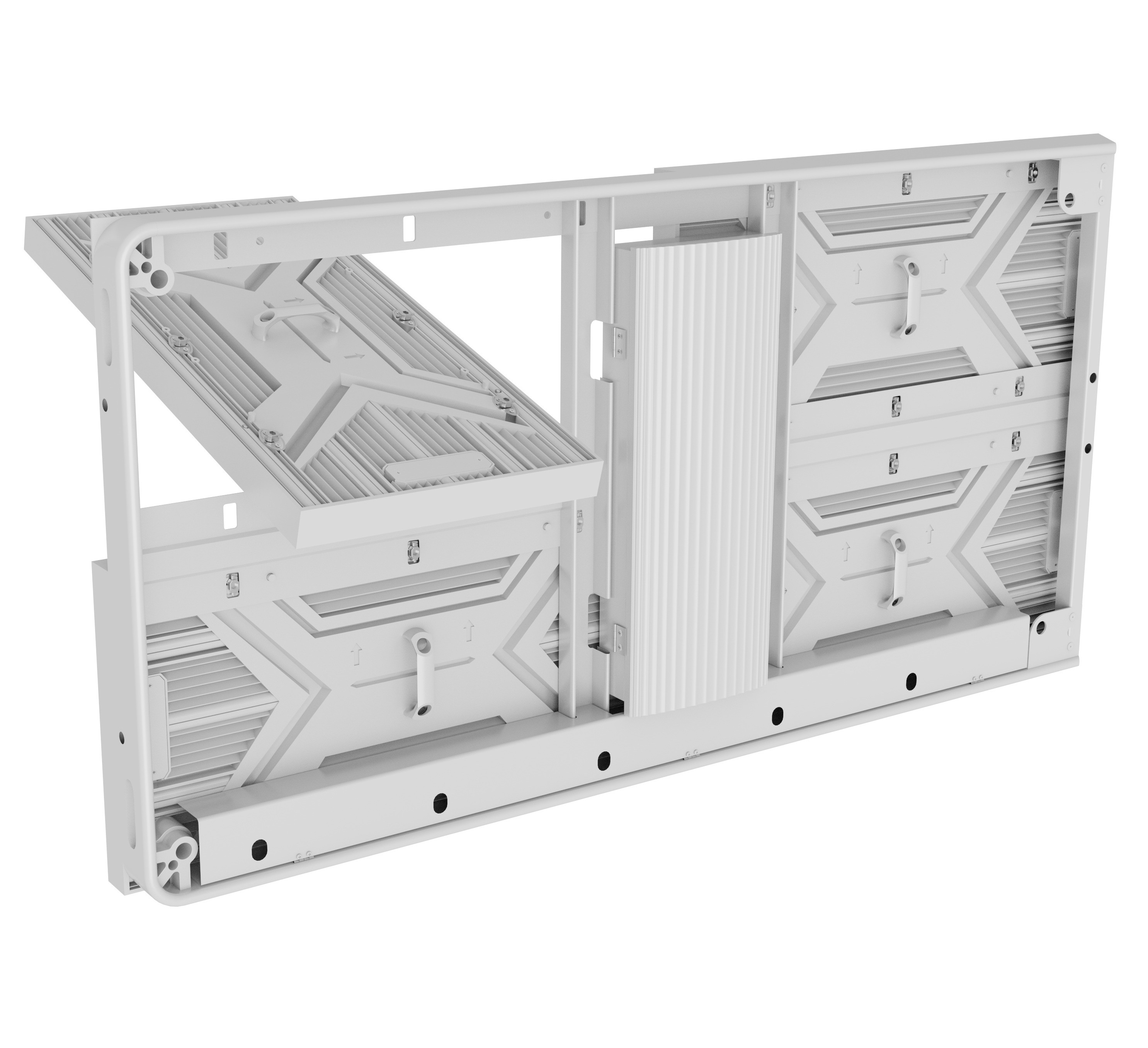Industry News
Understand the mechanism of digital display boards

Digital display boards have revolutionized the way information is presented and communicated in a variety of public settings. From transportation hubs to retail stores, these electronic boards have become an integral part of our daily lives. But have you ever wondered how these fascinating displays work? In this article, ONLY LED digital display panel manufacturer will delve into the complex mechanisms behind digital display panels.
1. Display Technology: The Basics
The core technology that powers digital display panels is light-emitting diodes (LEDs) or liquid crystal displays (LCDs). These display technologies can display vivid, high-resolution images and videos on the screen. LEDs are becoming more widely used due to their superior brightness and energy efficiency.
Behind the display, an integrated circuit controls the millions of pixels on the screen, determining their brightness and color. This intricate network of pixels creates a stunning visual image that captivates passersby.
2. Content Management System: Brain
At the heart of a digital display board is a powerful content management system (CMS) that handles all the information displayed on the screen. Through a user-friendly interface, administrators can schedule and manage content remotely.
CMS allows for dynamic content delivery, meaning information can be updated in real time. Whether it’s flight departure times, product discounts or real-time news updates, a CMS ensures that the right content is displayed at the right time.
3. Connections and Control: The Nervous System
To keep content up to date, digital display boards require an internet connection. Whether it is a wired Ethernet connection or wireless technology such as Wi-Fi, the connectivity aspect ensures seamless data transfer from the CMS to the display board.
In addition, digital display boards are equipped with sensors and interfaces for easy control and monitoring. These interfaces enable administrators to adjust brightness, control playback, and receive feedback on monitor performance.
In summary, digital display boards rely on a combination of display technology, content management systems, and connectivity to deliver engaging and engaging content. By understanding the mechanisms behind these boards, we realize the huge potential they have for effectively disseminating information in today’s digital age.




